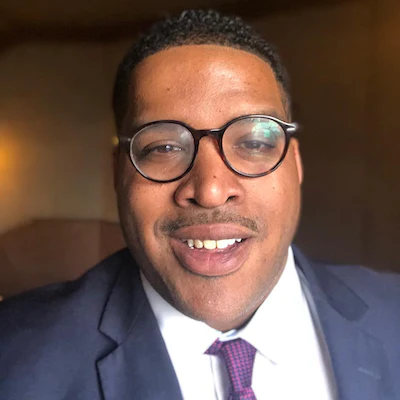HBCUs are Experiencing a Renaissance. Here’s How to Make Sure It Lasts

By Julian Thompson and Malika Clinkscales for Diverse: Issues in Higher Education
The country’s historically Black colleges and universities are continuing to see new and historic levels of interest and funding. In response to 2020’s racial justice protests and the economic fallout of the COVID-19 pandemic last year, HBCUs received record investment from the federal government, philanthropists, and major companies. It’s heartening—and long overdue—to see HBCUs receive the recognition and funding they deserve and need.
Indeed, HBCUs have been dramatically underfunded for decades, with the nation’s 18 Black land-grant institutions losing out on $12.8 billion since 1987. The lack of funding is especially troubling when HBCUs produce nearly 20 percent of all African American graduates despite only making up only three percent of the country’s colleges and universities. In many ways, HBCUs are the bedrock of Black educational opportunity in this country, but those decades of underfunding have taken a toll. HBCU endowments are, on average, seven times smaller than that of other institutions. HBCUs deserve even greater support than the gifts making headlines over the past two years. They need investments that focus on the specific needs of HBCU students, educators, and leaders—ensuring they can thrive long after this moment of renewed interest.